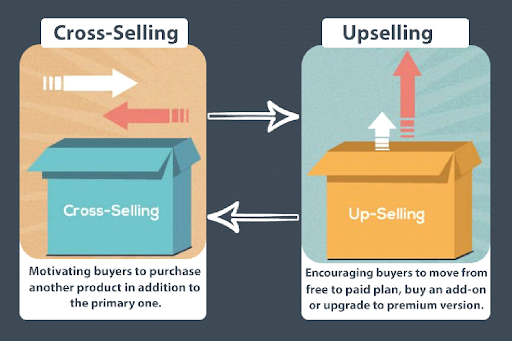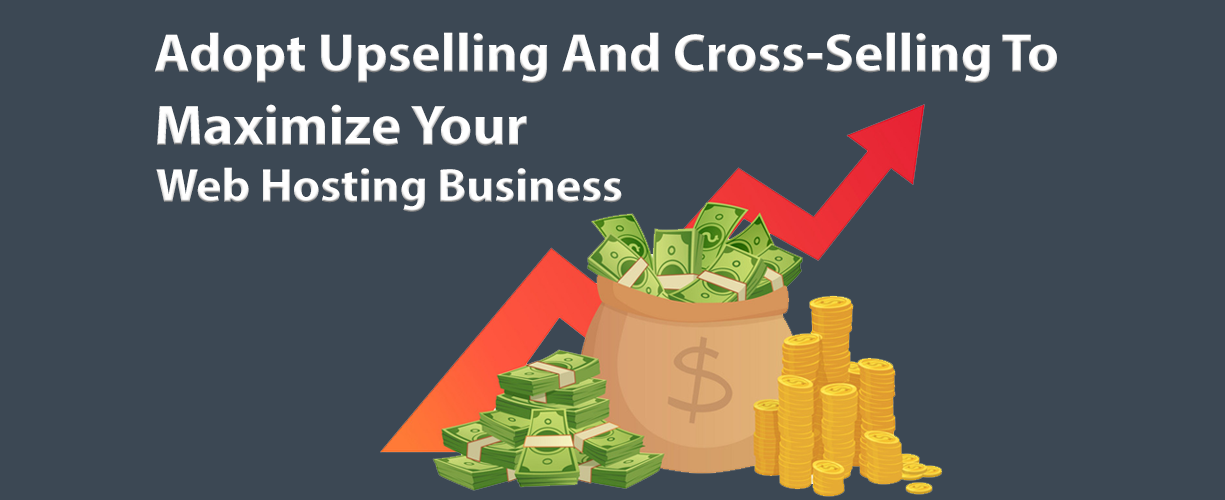Table of Contents
Both upselling and cross-selling are effective strategies to target existing or potential clients to convince them to spend more money than they intended. Let’s understand both of the sales concepts with examples to understand the actual difference between them.
On the other hand, cross-selling is the name of an effective sales and marketing technique in which the seller motivates buyers to purchase another product in addition that may be relevant to the primary one.
For example, the seller offers an attractive discount to the customers for purchasing two products. Customers will buy two software licenses and pay an additional $30 per month, where each license costs $50. Suppose you have 10,000 customers and only 1000 subscribers pay for both products; you will definitely get an additional $360,00 revenue per year.
Upselling
In the Upselling, sellers encourage the buyers to move from free to a paid plan, buy an add-on, or migrate to an upgraded plan of the service. WHMPress sale pages, offer excellent options for upselling by auto calculating discounts and showing how many customers will save. The savings are shown in highlighted style, and there are three different formats to show discounts. For example, someone sells his services on monthly subscriptions to 10,000 subscribers, and each pays $50, but he approaches one of them and motivates him to upgrade his subscription from a basic version to a premium by paying an additional $10. It would help him to explore additional features and definitely help him to do his business in a more controlled and efficient way. Suppose half of the customers are successfully convinced to upgrade, then you can easily generate an additional $120,000 revenue per year. Cross-selling
Cross-selling
On the other hand, cross-selling is the name of an effective sales and marketing technique in which the seller motivates buyers to purchase another product in addition that may be relevant to the primary one.
For example, the seller offers an attractive discount to the customers for purchasing two products. Customers will buy two software licenses and pay an additional $30 per month, where each license costs $50. Suppose you have 10,000 customers and only 1000 subscribers pay for both products; you will definitely get an additional $360,00 revenue per year.
What are the main benefits of Upselling & Cross-selling?
Business success depends on growth and proactive strategies, and adopting upselling and cross-selling is one of them. Let’s take a look at the main advantages that upselling and cross-selling offer:- Strengthen your customer relationships:
- Increase LTV (Customer’s Lifetime Value):
- Build customer equity & Satisfaction:
- Business Growth:
- Brand Reputation and market position



